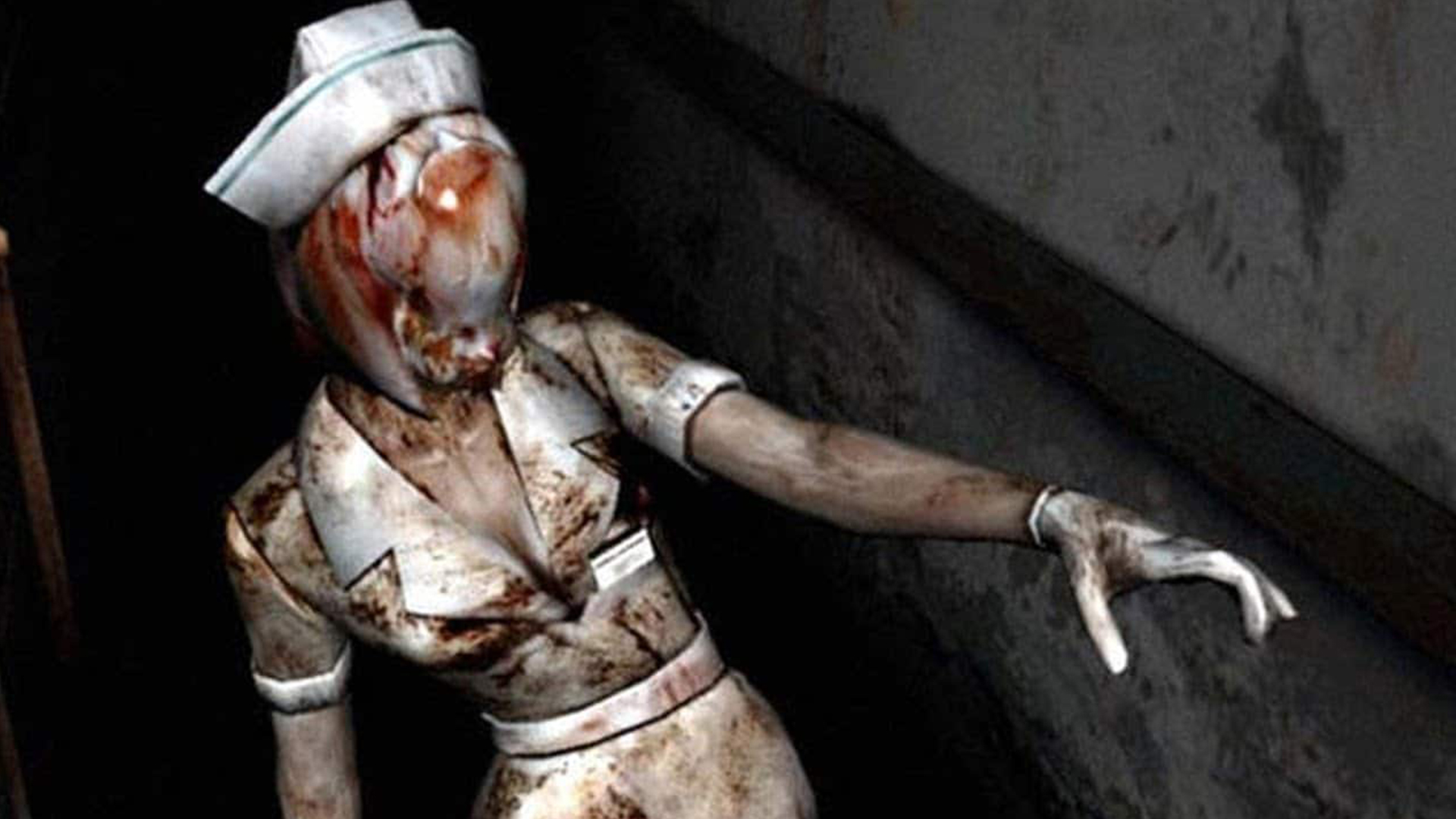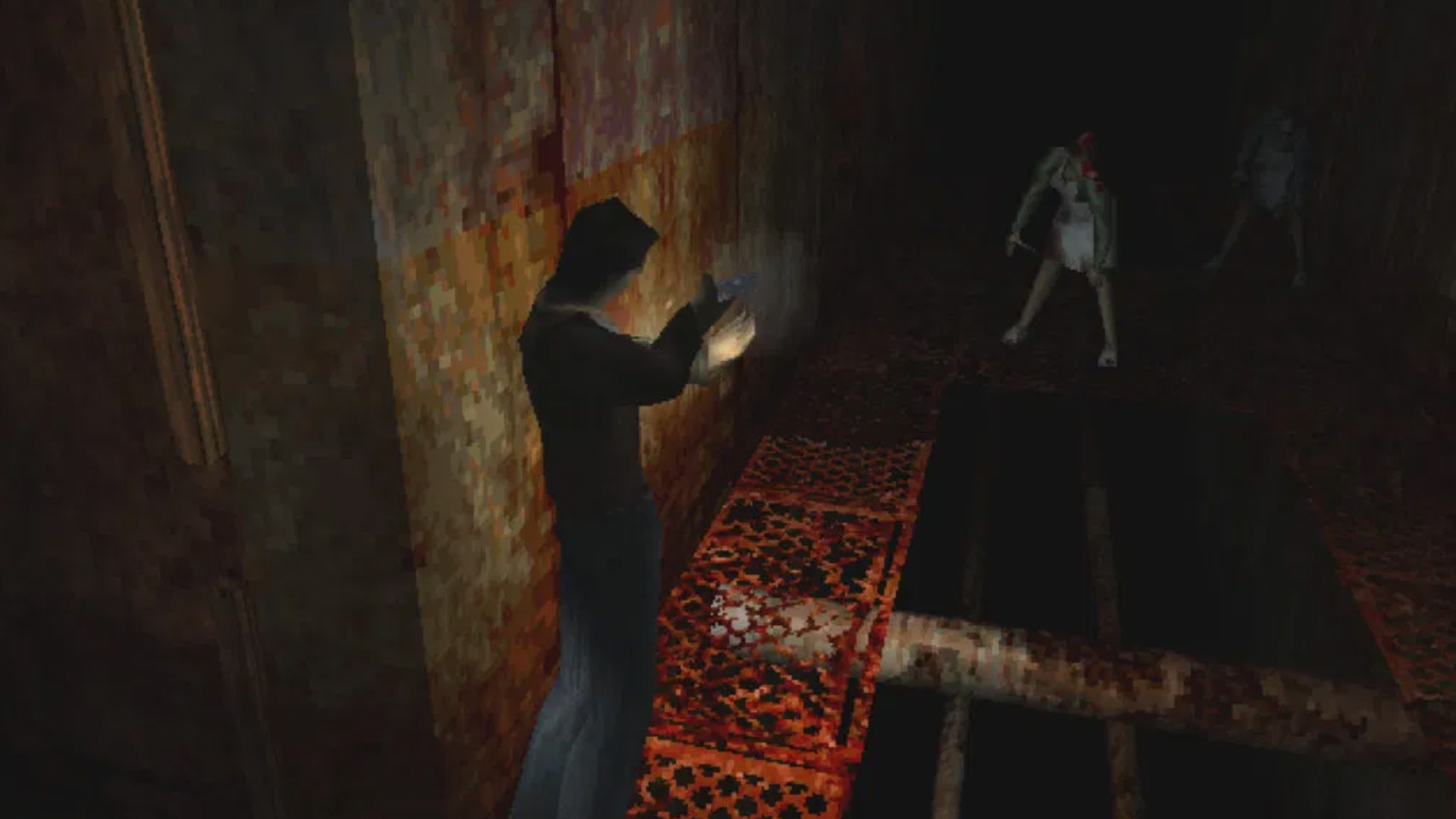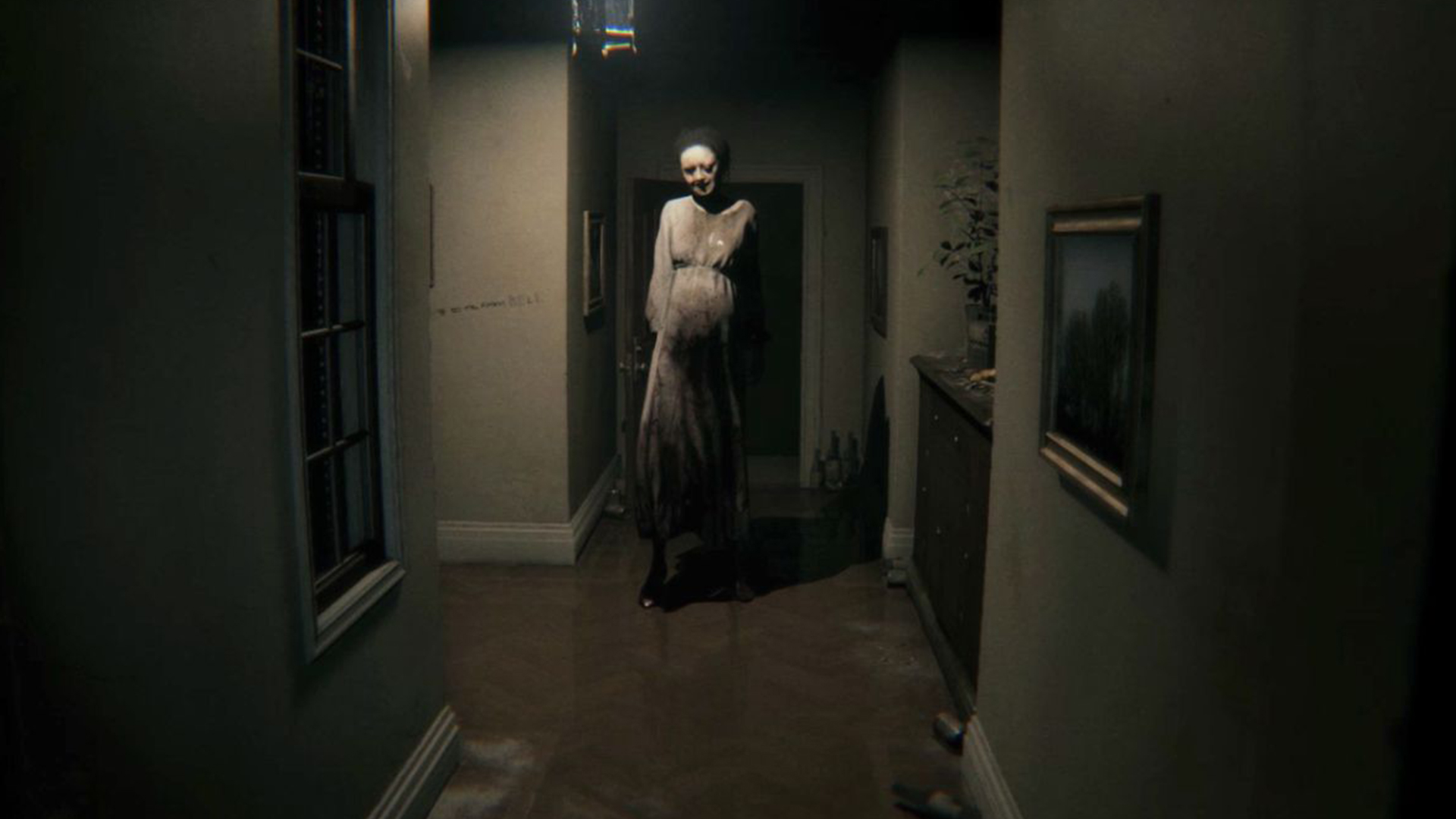If Silent Hill ever comes back it has to leave the nurses and ditch its history for an all-new start
Silent Hill’s most recognisable elements are also its biggest weaknesses

When you think of Silent Hill, what springs to mind? Creepy jangly music, foggy streets and those weirdly sexualised flesh-faced nurses? Thought so. Now forget it all. Leave it behind because if a new Silent Hill is ever to succeed it needs to bring something new to the table in the same way the original did when its psychological horror appeared as a revelation to games like Resident Evil. If a reboot or sequel wheels out familiar monsters like a cosplay lineup, it’s over. People might think they want all those classic calling cards back but if nothing new shambles out of the dark it'll prove a fresh entry is going through the motions without understanding the moves.
I see that town
The first Silent Hill game was a collision of ideas thrown together in a spur of the moment melting pot of creation. It was a team formed, according to legend, from disillusioned Konami staffers ready to quit after working on unsuccessful projects. That, in part, influenced the decision to create a game specifically designed to succeed in America which in turn led to a trawler net approach to influences that created a kaleidoscope of cross-pollination. David Lynch, Stephen King, the Wizard of Oz and even Kindergarten Cop were among the ingredients thrown in the mix (The Schwarzenegger film was famously, and obviously, pretty much the only research reference for the school that appears in the game).

If it sounds like a mess, that’s because it was. A first-time horror director who didn’t like horror, an art director proofreading the story and rendering all the cutscenes single-handedly in his spare time, at night, to prevent Konami replacing him... The game should have been a disaster but it wasn’t, and created a perfect storm that birthed an eerie world of symbolic horror. A more traditional development setup might have made a more traditional horror game but Silent Hill was as freakish as the situation that birthed it, creating a strange world of imagery that persisted so well because, as twisted as it was, it had a meaning beyond the flesh and shuddering.
But while Silent Hill’s uniqueness came from its unlikely origins, the imagery it created can only survive so much repetition. Take the series’ iconic nurses: the shuddering puppet nurses appear in the first Silent Hill initially as a representation of the unknowing carers looking after a horrifically burned Alyysia Gilespie, unaware they were working for a murderous cult. In Silent Hill 2 they reappear as bubblehead nurses: faceless but cleavage heavy, symbolising the sexual frustrations of protagonist James Sunderland’s time in hospital visiting his dying wife. By Silent Hill 3 the nurses are there… because Silent Hill has nurses?

The nurses, and their repetition, personify the problem perfectly. I’ll give a pass to the first two games admittedly – after all, the sequel refined, explored and perfected the formative ideas of the original. In both the first two games the monsters are twisted manifestations of tragedy, fear, frustration and so on. But in Silent Hill 3 things appear because they’re expected, and in later games the monsters end up defining the protagonist rather than the other way around. That’s not to say Silent Hill 3 or any of the following games were bad, they just became beholden to previous instalments, building a game backwards from expectations.
And so I wait...

While we’ll never really know what Hideo Kojima and Guillermo del Toro’s take on Silent Hill would have been, the important bit wasn’t the talent, it was having nothing immediately recognisable in the playable teaser, PT. Without familiar touchstones everything felt fresh and unsettling again - the feeling that something was very wrong, enhanced by a lack of facts and wrapped in a fog of speculative scraps. The horror it contained only had the shape you gave it. Talk of wounded male pride, murdered families, dead pregnant women, berating foetus monsters flopping about in sinks... PT’s dark corridors lacked clear answers but that’s exactly what Silent Hill needs to be. Kojima’s demo promised a return to the ‘fear of the unknown’ that built the first game, rather than a tick list of references to mark off like a scorecard.
While that version might be dead, rumours swirl that Konami is working on something Silent Hill shaped (some incredibly spurious talk even suggests Kojima Productions returning). Whatever ends up happening it’s vital that it follows PT’s lead and leaves the past behind. Resident Evil 7’s first-person, zombie-free setting saw the series completely reinvent itself while maintaining the essence of what makes a Resi game good. Freed from its familiar tropes, a new Silent Hill would similarly be able to explore the ideas that made the world interesting, rather than replicate the steps, and create new horrors as a result.
Weekly digests, tales from the communities you love, and more

I'm GamesRadar's Managing Editor for guides, which means I run GamesRadar's guides and tips content. I also write reviews, previews and features, largely about horror, action adventure, FPS and open world games. I previously worked on Kotaku, and the Official PlayStation Magazine and website.


